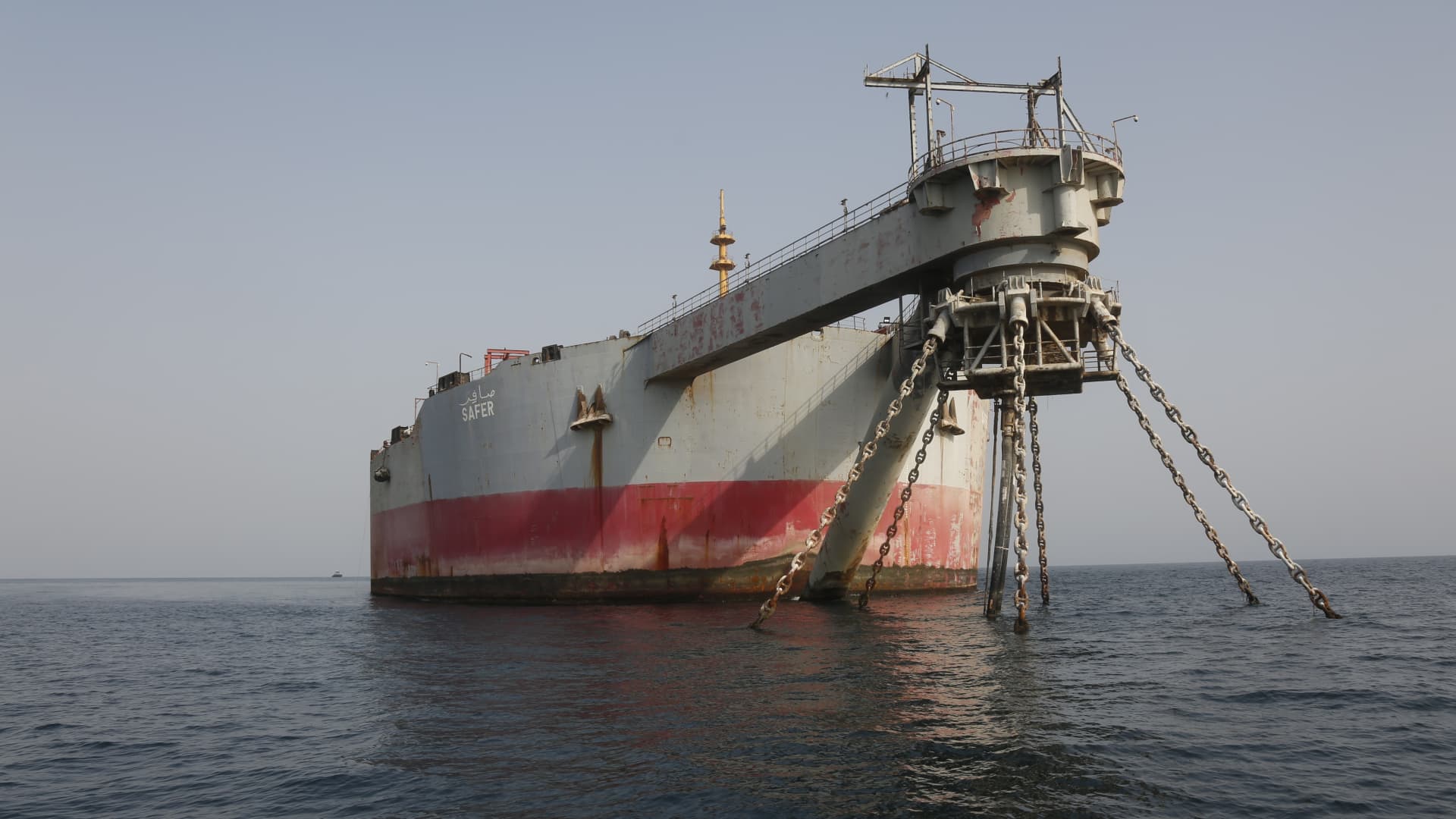The Scottish offshore wind sector received a boost this week after a program to lease areas of Scotland’s seabed for wind farm developments raised just under £700 million (around $952 million).
According to Crown Estate Scotland — a public corporation which manages the country’s coastline and seabed — 74 lease applications were made, and 17 were successful.
The program, dubbed ScotWind, raised £699.2 million, or around $951 million. Crown Estate Scotland said the fees would be “passed to the Scottish Government for public spending.”
The capacity of the proposed facilities amounts to 24,826 megawatts. To put that figure into some sort of context, trade association RenewableUK says the U.K.’s operational capacity for offshore wind stands at just over 10,463 MW. Capacity refers to “the amount of electricity a generator can produce when it’s running at full blast,” according to the U.S. Department of Energy.
Successful applicants include BP Alternative Energy Investments, SSE Renewables, Vattenfall, ScottishPower Renewables and Shell.
“The variety and scale of the projects that will progress onto the next stages shows both the remarkable progress of the offshore wind sector, and a clear sign that Scotland is set to be a major hub for the further development of this technology in the years to come,” Simon Hodge, Crown Estate Scotland’s chief executive, said in a statement Monday.
Among those commenting on the leasing round were Doug Parr, policy director at Greenpeace UK. “It’s vital for the economy and for the climate that these projects progress smoothly to delivery, and the revenue generated must be channelled into accelerating the UK’s transition to clean energy,” he said.
Parr added that while new renewable power was “vital,” it is not enough on its own. “We need home insulation, upgrades to the energy system, with retraining and support for people working in high carbon industries as they decline.”
Other responses to the news highlight some of the difficulties governments around the world face when trying to strike a balance between developing large-scale renewable energy projects and safeguarding other parts of the economy.
“While it is clear that substantial additional offshore renewables will be required for Scotland to meet its net zero target, we are understandably anxious and concerned about the potential impact of these and future offshore renewables projects on the Scottish fishing industry,” Elspeth Macdonald, chief executive of the Scottish Fishermen’s Federation, said on Monday.
She added that a “vast area” of the seabed would be impacted, and “the majority of the successful projects are for floating offshore wind, which creates even greater spatial and co-existence problems for fishing than fixed turbines do.”
Elsewhere, Aedan Smith, who is head of policy and advocacy for RSPB Scotland, said offshore wind had “an important role to play in helping halt climate change.”
“However, the offshore wind projects already consented in Scotland are predicted to kill hundreds of seabirds like kittiwakes, gannets and puffins every year,” Smith said.
“The potential projects announced today would be many times bigger than those existing projects and would greatly increase those impacts.”
Looking ahead, Crown Estate Scotland acknowledged a significant amount of work lay ahead following Monday’s leasing round.
“This is just the first stage of the long process these projects will have to go through before we see turbines going into the water, as the projects evolve through consenting, financing, and planning stages,” it said.
Projects would “only progress to a full seabed lease once all these various planning stages have been completed,” it added.


